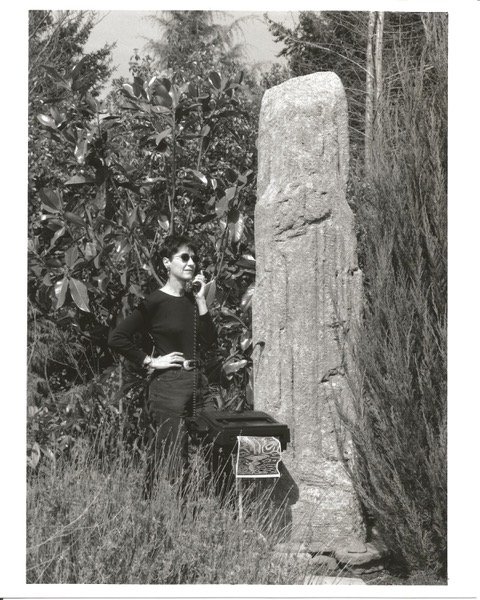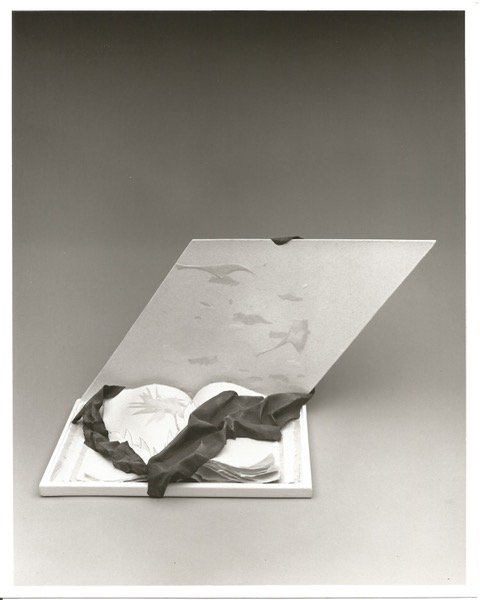
Lilian A. Bell
PAPERMAKING CHAMPION
Lilian is the author of two early, significant English-language books on fibers used in hand papermaking: Plant Fibers For Papermaking published in 1981 (reissued in 1992) and Papyrus, tapa, amate & rice paper: papermaking in Africa, the Pacific, Latin America, & Southeast Asia (1983). These books were and continue to be important references for papermakers interested in fiber taxonomies and pulp-preparation recipes. After 40 years, Lillian’s books are still commonly found in papermaking classrooms and are a go-to resource for individuals with a particular interest in using both wild and cultivated species of plants to make their own papers.
Lilian A. Bell
Essay by Marcia Morse
It has been more than forty years since Lilian A. Bell’s first book, Plant Fibers for Papermaking, was published in 1981, followed by her second book two years later, Papyrus, Tapa, Amate & Rice Paper: Papermaking in Africa, the Pacific, Latin America, & Southeast Asia. In retrospect, these books came at a timely moment in the renascence of a venerable craft, and have remained durable and essential references for those who continue to practice it.
The process of papermaking has remained remarkably consistent—through time, across cultures—albeit with evolving variations and refinements in tools and materials. Lilian Bell’s distinctive contribution has been to focus our attention on and substantially expand our knowledge of the very beginning of that process—the selection of the plant materials that can potentially be transformed into paper. With this knowledge, the artist-papermaker may control an entire transformative process.
Bell brought a particular sensibility to her own encounters with papermaking—a convergence of art and science. One word that often emerges for those who have known Lilian or have kept her books close at hand is “research.” She has given us a methodology, elegantly documented, developed and expanded through her own careful exploration of basic processes, including initial fiber preparation, and the ingenious use of a ball mill that makes possible the production of small but viable quantities of pulp for testing and sheet-forming. All told, she eventually worked with more than eighty sources of primary material.
Bell’s aesthetic sensibility is evident in her affinity for the styles of papermaking aligned with Asian traditions, particularly Japanese and Nepalese—processes admirably suited for the new vocabulary of fiber she encouraged us to explore. Her research affirms a penchant for translucence and subtle coloration; a poetry of day lilies, cattails, corn leaves; of stem, leaf and seed—the plant world too often overlooked for which she provided new vision. Her research also found expression in her own art work, in which she used three-dimensional casting techniques with the pulps and two-dimensional substrates she created.
Another quality that characterizes Lilian A. Bell is generosity, particularly with the wealth of knowledge she helped to expand and codify; her books themselves are a perpetual gift. For several years she also offered workshops, and taught papermaking at the Oregon School of Arts and Crafts. Others recall her gracious response to individual queries. In this, she exemplifies the collaborative spirit of the creative community of which she is an integral member.
Notes on Lilian Bell's later artwork
Lilian Bell’s preface to her first book reminds us that her primary motivation was to find new sources for making paper for her own artwork. Her extensive research documented not only domestic fiber sources, but also took her to other parts of the world where paper and paper-like materials were produced. Following this period of research, Bell explored other media, each of which seems to echo the subtext of communication as suggested in paper’s function as a vehicle for image or text. These included the megaliths of the late 1990s, the collaborative fax-machine projects of 1992 and 1996, surrealist-inspired artist books of the early 1990s, and her 2004 artist book DNA Dreams, in which photographic portraits split between Bell and family members spoke of generational connections.

Become an NAHP Member
Join our vibrant hand papermaking community and access your membership benefits.















